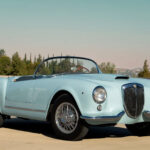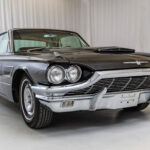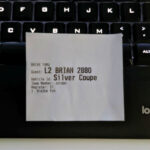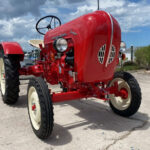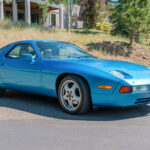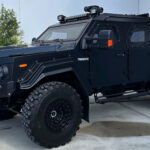The Year is 1975
 While looking around Amazon Prime for something to watch I found this little blast from the past, A Boy and His Dog, in the “Prime, Recently Added Movies” section. This movie came out in late 1975 and it was set post World War IV in the distant future year of 2024.
While looking around Amazon Prime for something to watch I found this little blast from the past, A Boy and His Dog, in the “Prime, Recently Added Movies” section. This movie came out in late 1975 and it was set post World War IV in the distant future year of 2024.
Donna and I were dating at the time and our go to date night was a movie at the on base theater at NAS Patuxent River, so I’m guessing we saw this together. It was 25¢ each to get in and we took turns, one would pay the admission and the other would buy the popcorn and drink. I certainly remember seeing this and being a sci-fi buff, I probably enjoyed it. The female nudity probably helped in that regard as well. I’m guessing Donna enjoyed it not so much, she has probably totally forgotten it.
The original trailer is totally unhinged:
And the trailer perfectly represents what you’d see if you watched the entire movie which if you are so inclined, is available to watch for free on YouTube. And when I say inclined, I mean under the influence of the brain chemistry altering substance of your choice.
Personally, having watched that trailer and some of the other clips on YouTube, I don’t think I could watch it again even if I did partake in a gummy of the finest Indica cannabis available to me.

